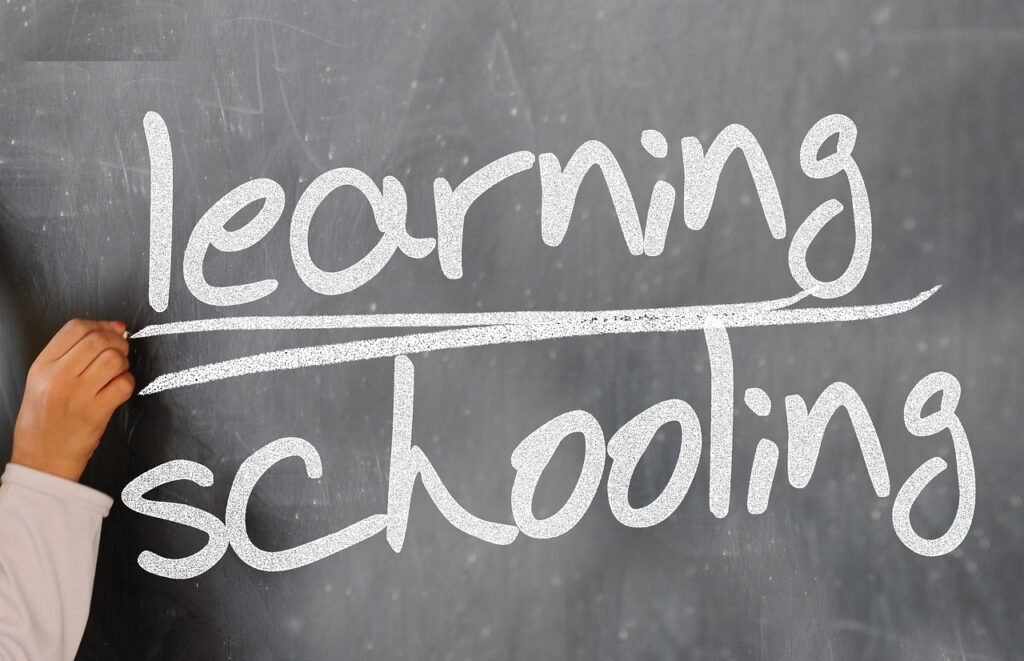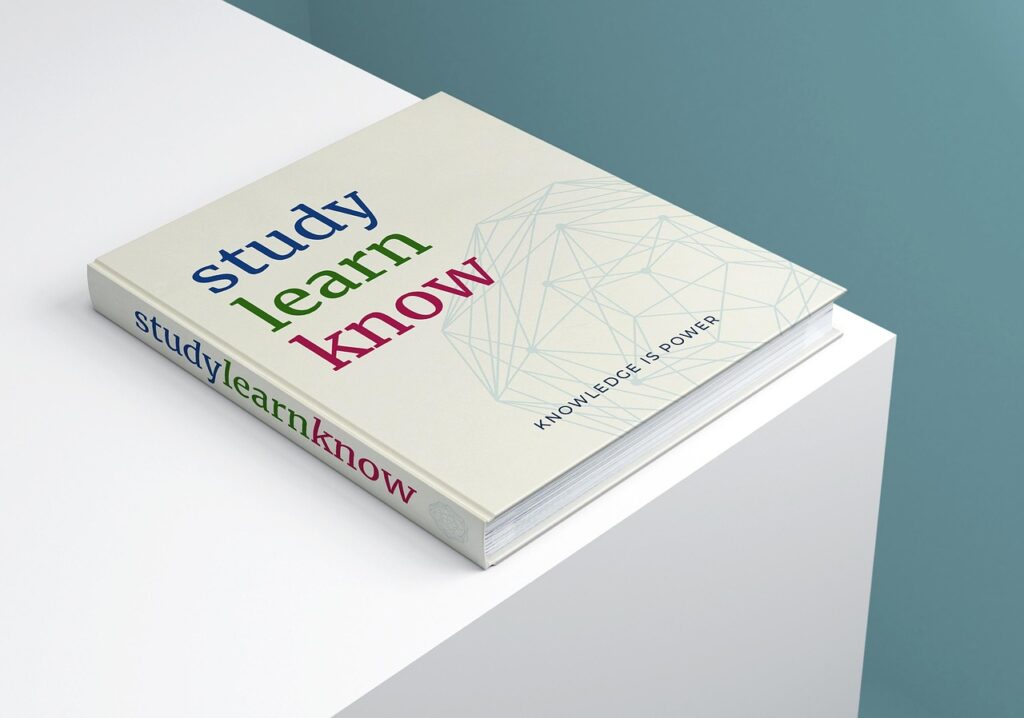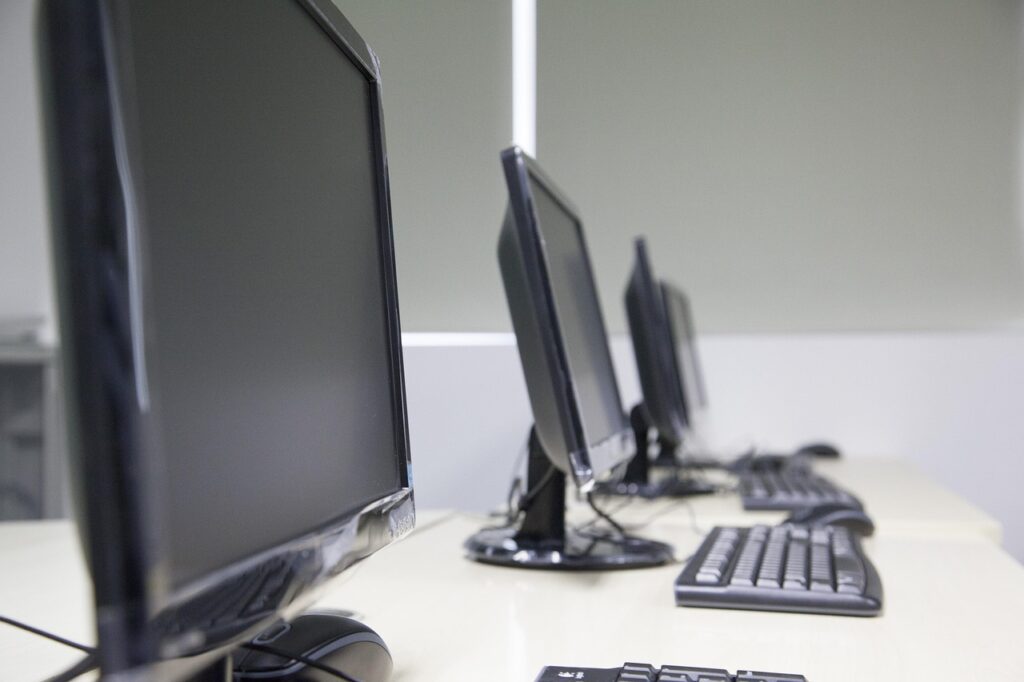
How many times has your driving school instructor reminded you to wear your seatbelt properly? Even trainers in Safer Drivers Course are always advising students to form a habit of wearing a seatbelt before starting the car. Ever wondered why? Seatbelts are not an optional safety measure in your car. They’re legally required for all drivers, especially in NSW, Australia. Buses in Australia did not have seatbelts a few years ago. However, these belts are no longer optional. They are now essential requirements for buses. They offer security and reduce the risk of potential damage in case of accidents. Here we explore the science behind seatbelt safety, discuss reasons why seatbelts in buses are beneficial, and talk about how to wear them properly.
The Science Behind Seatbelt Safety
You would think that a bus, being such a large vehicle, would be safe enough without a seatbelt. And while you’re generally right, having seatbelts in buses can provide more protection for passengers, especially in the case of crashes. So, what’s the science behind seatbelt functions in buses? How do they ensure the safety of the wearer? Seatbelts in buses prevent the wearer from getting ejected from their seats and thrown forward into the bus interior in case of a sudden stop or a collision. This is because in case of sudden stops, your bus may stop in a few seconds, but its momentum keeps your body moving at the bus’s speed. If you’re not wearing a seatbelt, you may be thrown forward by this momentum and end up hitting the interior of the bus. And wearing a seatbelt in such a situation can slow you down at the same rate as the bus, thus preventing you from falling or reducing the risk of injury if you do fall.
How Wearing a Seatbelt Saves Lives
Most Sydney driving schools and training programs often focus on teaching students the importance of wearing seatbelts from the first driving lesson. Many studies also show that wearing seatbelts can significantly reduce the risk of injuries in bus crashes. Here’s how they help save the wearers’ lives:
-
Prevents Ejection In Case of Accidents
In case of a sudden stop or a crash, passengers in buses are usually less affected compared to those in cars. However, if the stop or collision is particularly strong with a huge impact, it can cause the passengers to fall out of their seats or get thrown forward by the momentum. Seatbelts can prevent the wearer from getting ejected from their seats by slowing down their momentum at the same rate as the bus. This helps keep them safely in their seats and reduces the risk of injuries during a crash.
-
Minimises Contact with Vehicle Interior
While the chances of passengers in a bus getting thrown about in case of sudden stops or crashes are low, it’s still a possibility. But wearing seatbelts prevents that possibility by securing you in your seat, even in case of a strong impact.
-
Reduces the Force of Impact
When a collision occurs, it creates a massive force that has a big impact on the vehicle as well as its passengers. Without a seatbelt to stop you, it can propel you from your seat, leading you to hit other seats or elements in the bus. Or if it hits you hard in one part of the body, it can cause severe damage. However, wearing a seatbelt can spread out the impact of the force over the strongest parts of your body, like the chest, shoulders, etc., thus preventing fatal injuries.
-
Increases Passenger Confidence
Seatbelts are the most common safety feature that works tangibly and reliably. The wearer can see and feel it working to protect them from getting hurt. This makes the passenger feel secure and increases their confidence in the vehicle’s safety features.
With so many benefits, wearing seatbelts in buses can be truly life-saving. Bus drivers and operators should make sure that passengers comply with the seatbelt laws and wear them properly. Parents should also ensure that their children wear their seatbelts properly and are secured during their ride.
Why Proper Seatbelt Use Matters
Simply wearing a seatbelt is not the end of your safety journey. Wearing it properly is just as important. No matter which type of seatbelt you’re wearing, you should ensure that it covers the important parts and rests properly on your body. For example, a lap-sash belt should rest snugly across the shoulder and hips, but a lap-only belt should stay low on the pelvis.
Buckle Up Every Time
Staying safe and ensuring the safety of other passengers and road users is every driver’s first and foremost responsibility. And seatbelts are the most common and safe way of ensuring safety while driving or riding buses. That’s why most Sydney driving school make it a point to teach their students why seatbelts and their proper use are essential for maintaining safety. To learn more about the proper use and working of seatbelts and their impact, join a Safer Drivers Course from a reputed school like Onroad Driving Education. So, the next time you board a bus that offers seatbelts, make sure to buckle up properly. In fact, whenever you ride a vehicle with seatbelts, always make it a point to buckle up. This simple action can actually save your life in an emergency.

Lbythj – Exploring Leading Business YouTube Trends

Tech Exec for Short NYT: Understanding the Popular Crossword Clue

BBL Laser Treatments in Seattle: Restore Radiance with BroadBand Light Therapy

Accelerating drug discovery through the DEL-ML-CS approach

AI in Marketing Is No Longer a Buzzword — It’s the Strategy

Public University In Germany Vs. Private Institutions: What International Students Need To Know

SLO 1 for Instructional Tech: Building Effective Learning Outcomes

HomeworkIsTrash ML: Everything You Need to Know








